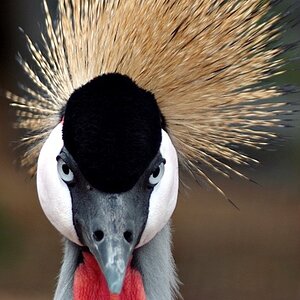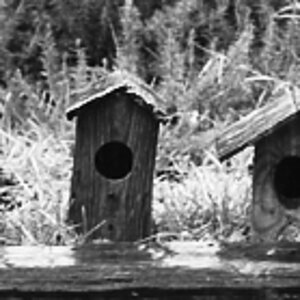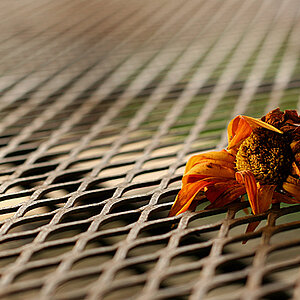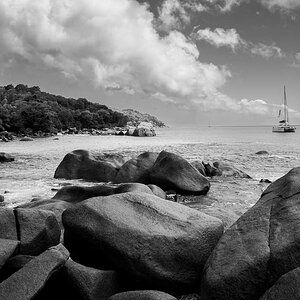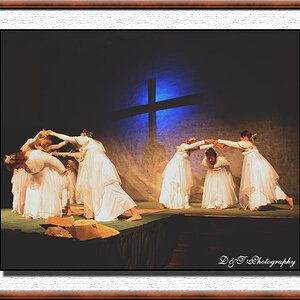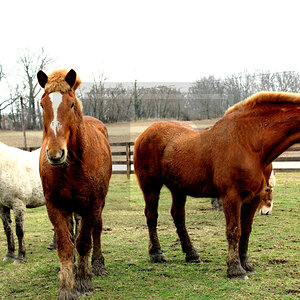Ema
TPF Noob!
- Joined
- Jul 22, 2019
- Messages
- 3
- Reaction score
- 0
- Can others edit my Photos
- Photos NOT OK to edit
I have a Nikon D7100. Saw sever videos on how 85mm prime is the best lens for portrait photography. Even if I buy a DX lens, it really is not 85mm on a D7100 - correct? It'll be 85mm times 1.5 focal length. So should I be buying a 55mm (56mm to be accurate) to get the effect of a 85mm.
In other words, the crop factor still applies to a DX lens right?
Thanks
In other words, the crop factor still applies to a DX lens right?
Thanks


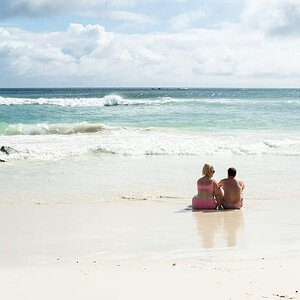
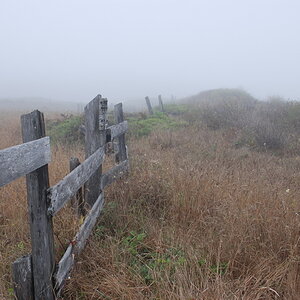
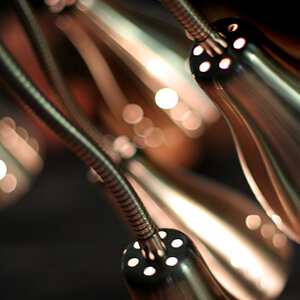
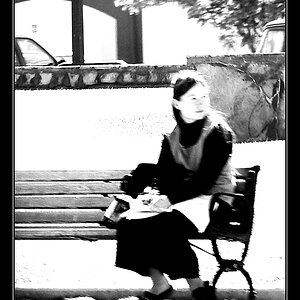
![[No title]](/data/xfmg/thumbnail/42/42397-30faa170de7ed9be38adf00b9b26a220.jpg?1619740167)
